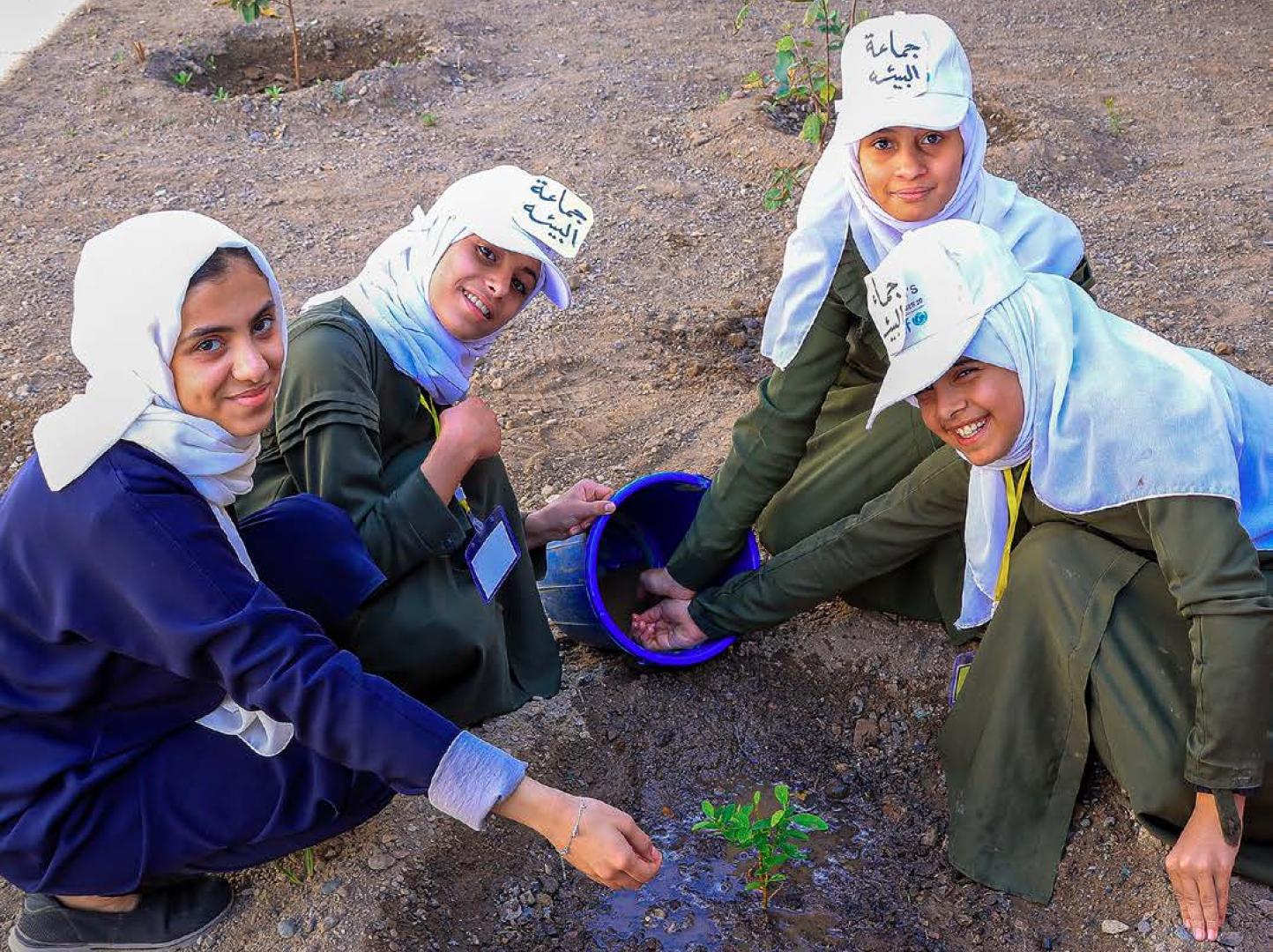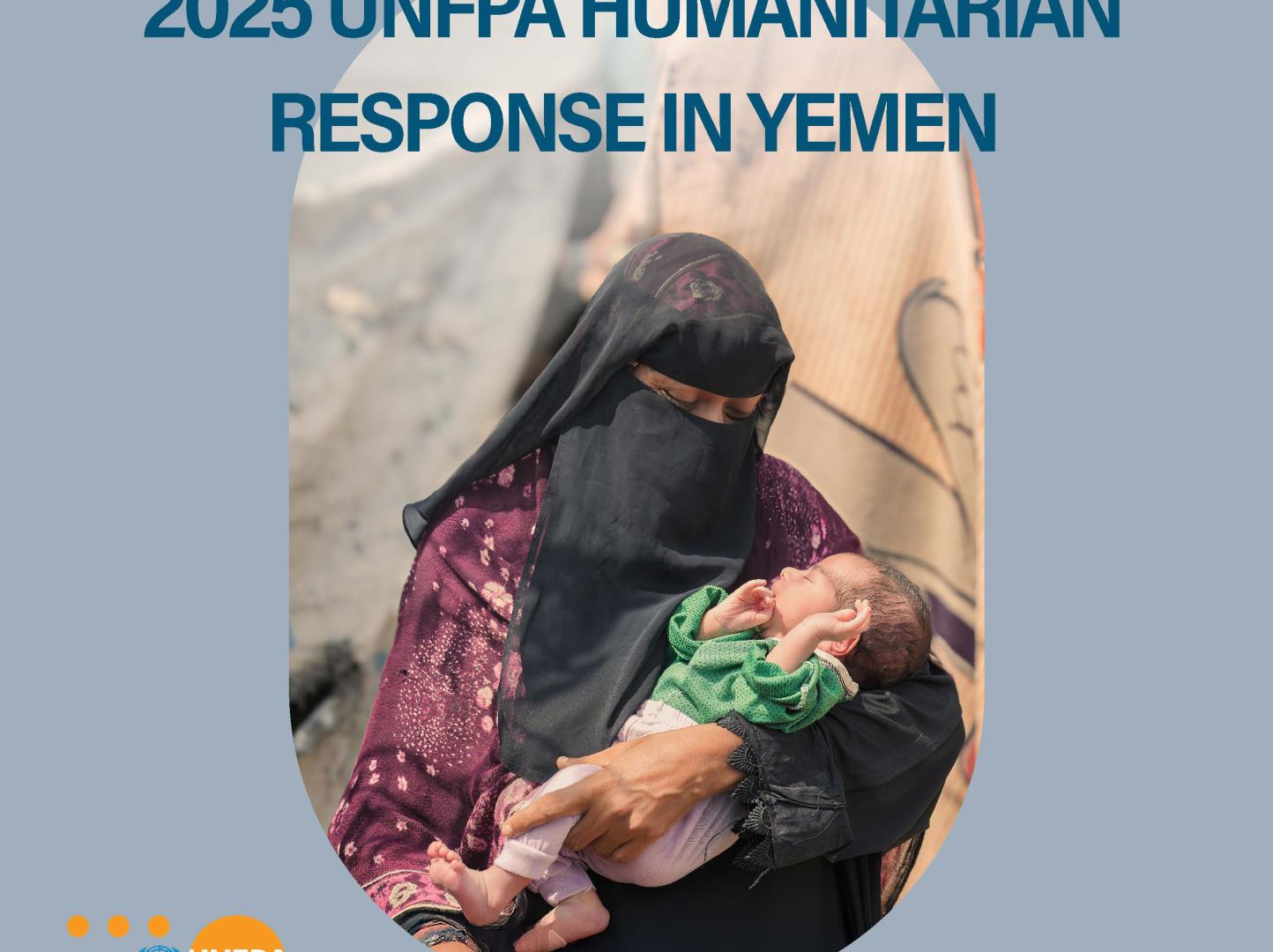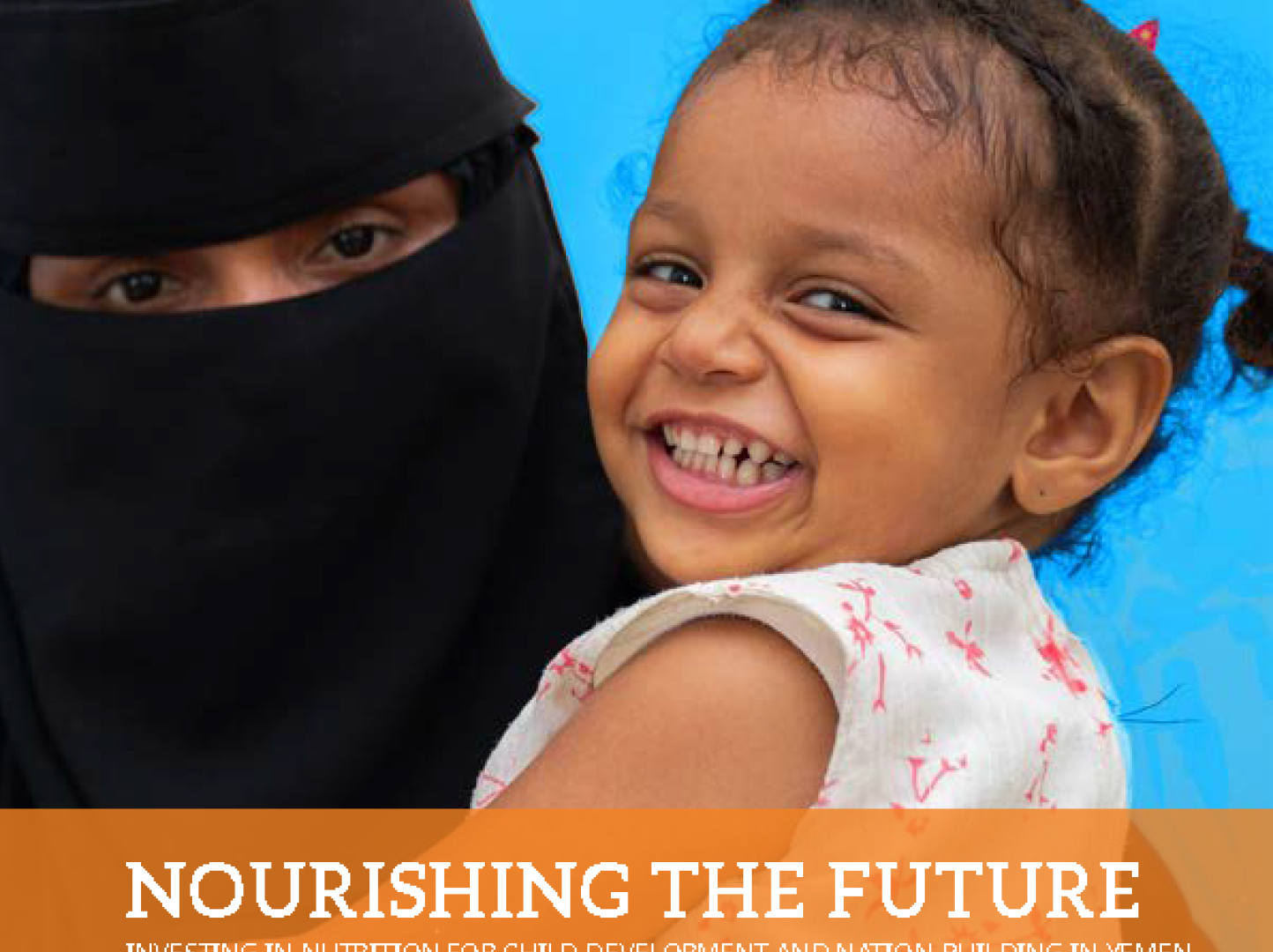WHO - Yemen Annual Report 2017
Executive Summary
The World Health Organization (WHO) is leading the health response, ensuring access to life-saving health services. This report covers the WHO and health partners’ response to this humanitarian crisis from January to December 2017, and spans five crucial parts: the Health Cluster, the Minimum Service Package (MSP), the cholera and diphtheria outbreaks, managing the treatment of endemic and noncommunicable diseases and financial priority needs and gaps.
Part 1: WHO supports health authorities and the Health Cluster
Nearly 16.4 million people lack access to basic healthcare. To respond to this massive need, WHO, Health Cluster partners and other health sector actors are delivering health services to the people of Yemen despite the critical security situation, logistical difficulties and the collapsing health system. WHO and Health Cluster partners have scaled-up their presence to meet rising health needs, reaching 9.5 million beneficiaries in 2017 with preventive and curative interventions in 1 708 health facilities and with 239 emergency medical mobile teams (EMMTs) out of a target set in the 2017 Humanitarian Response Plan of 10.4 million people.
Part 2: The Minimum Service Package (MSP): Lifeline for a rapidly collapsing health system
Far from the spotlight, thousands of people are dying as infectious and noncommunicable diseases continue to spread. More women are dying in childbirth. Those injured cannot receive appropriate surgical care due to lack of skilled surgeons in district hospitals. People with chronic diseases cannot access the treatment they need to stay alive. The Minimum Service Package (MSP), ensures access to basic health services, and covers priority services across the 8 health care components: general services and trauma care, reproductive/maternal and newborn health, child care, mental health and psychosocial support, nutrition, noncommunicable diseases, communicable diseases and environmental health in health facilities.
Part 3: Outbreak alert and response: Cholera and Diphtheria and other communicable diseases
WHO and partners’ scaled up the overall operational response to infectious disease outbreaks. This section illustrates the immediate upsurge in outbreak response activities. At the peak of the cholera outbreak, there were 229 Diarrhoea Treatment Centres (DTCs) with in-patient capacities, and 1 095 Oral Rehydration Corners (ORCs) for early detection, treatment and referral of severe cholera cases. WHO supported the technical and operational work of the response, to contain outbreaks and build local capacity at governorate and district level health facilities and community levels. In particular, during this cholera outbreak response the establishment of rapid response teams (RRTs) across all 333 districts in Yemen took place, in order to be able to detect, assess, alert and respond to cholera and all other potential infectious disease outbreaks. For vector-borne diseases, WHO distributed 1 137 of basic and supplementary malaria kits that can test 941 600 patients for malaria and treat an estimated 402 110 cases. 1.5 million bed nets were delivered to 76 districts in Yemen. In the area of neglected tropical diseases (NTDs), a treatment plan for onchocerciasis was devised for approximately more than half a million people eliminate the disease in affected areas and identify populations requiring treatment. For Leishmaniasis, WHO provided national health authorities with 20 000 vials of stibogluconate (leishmaniasis drug) and 9 600 leishmaniasis laboratory tests (i.e. rapid diagnostic tests). While for the treatment of Rabies, 25 000 rabies vaccines were procured.
Part 4: Managing the treatment of endemic and noncommunicable diseases
There are 30 000 new expected cancer patients per year out of which 10 000 patients received some form of cancer treatment in 2017. The percentage of full treatment out of these 10 000 patients, increased from 30% to 60% of full treatments, thanks to the donation of cancer treatment drugs from WHO in 2017 as compared to 2016.
Part 5: Financial overview, priority needs and gaps
The full list of our valued partners are located in the financial overview of this annual report. All of our generous donors have provided much of the financial resources needed by WHO to carry out health response activities in 2017. Acknowledging the magnitude and scale of this emergency as well as its associated vulnerabilities, the Humanitarian Country Team (HCT) launched the 2018 Yemen Humanitarian Response Plan (YHRP) to prioritize life-saving and protection response across the country, which include a targeted set of “humanitarian-plus” activities to ensure the delivery of essential services and livelihoods in the most affected areas in-country. The 2018 YHRP aims to assist 13.1 million people across the country and is seeking US$2.96 billion, a considerable increase from the US$2.2 billion sought after in 2017, which is a key indicator that the needs are still monumental even after 2017. In spite of serious challenges such as access restrictions by all parties to the conflict, including bureaucratic impediments, partners provided assistance that saved or improved the lives of more than 10 million people in 2017. With the continued support from our donors, the response to the crisis in 2017 will be even more robust in 2018.




